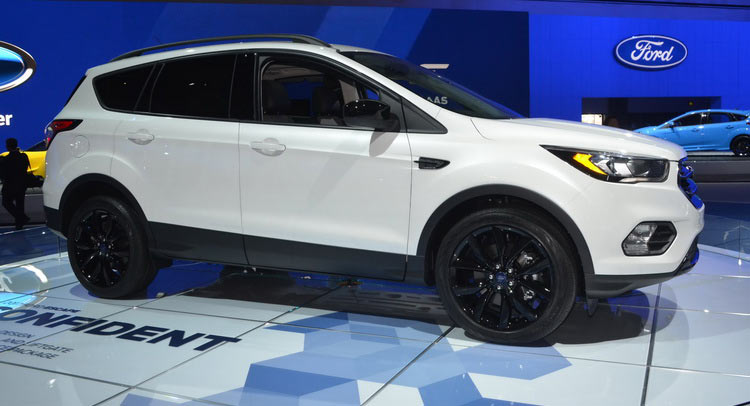Since the only thing missing from the current generation Escape was the ability to challenge newer rivals from an advanced safety and connectivity stand point, this facelifted model couldn’t have come at a better time.
From a visual perspective, the redesigned front end gives it a very imposing mini-Explorer vibe which future customers might genuinely appreciate even after talking themselves into purchasing the car – which happened very often this year.
In fact, the Escape has been 2015’s second best-selling non premium compact SUV in the United States, trailing only the Honda CR-V. And keep in mind, that’s a very competitive segment we’re talking about, considering how the Toyota RAV4, Nissan Rogue, Jeep Cherokee and more than a dozen other models are constantly locked in battle, both in terms of sales as well as in terms of image.
Speaking of which, it’s not that the Ford Escape didn’t have a good image, it’s just that it really needed to offer its owners better safety features. Driver-assist systems such as Blind Spot Information, cross-traffic alert, auto high-beam control, adaptive cruise control, forward collision warning with brake support and lane-keep assist are just some of the 2017 Escape’s party tricks.
The interior also needed to be addressed and so Ford went and changed the steering wheel, redesigned the center stack and installed an electronic handbrake instead of that plain-looking mechanical one that just took up space.
Under the hood there are two new EcoBoost power units, rated at 183 PS (1.5-liter) and 249 PS (2.0-liter) respectively.
While the smaller of the two won’t get you to 100 km/h (62 mph) faster than 10.1 seconds, the 2.0-liter twin-scroll EcoBoost engine should more than suffice since it’s already proven to be a solid performer in the Ford Edge.



























